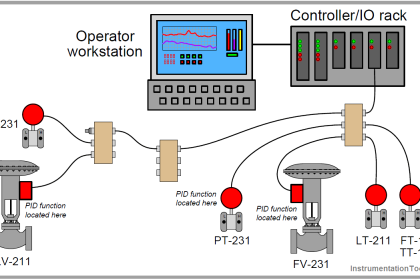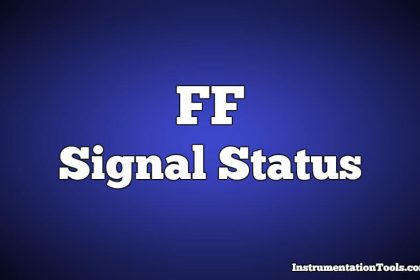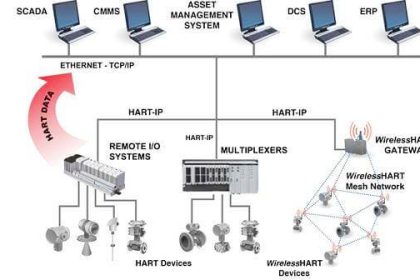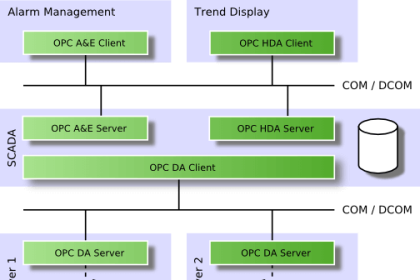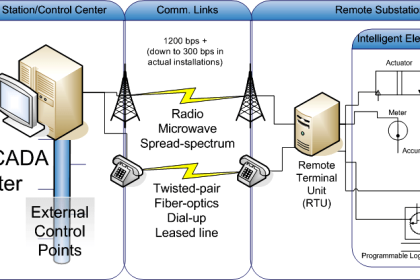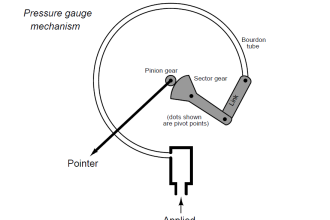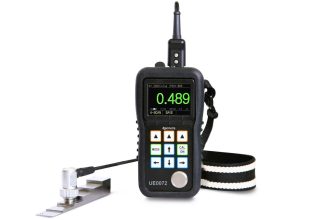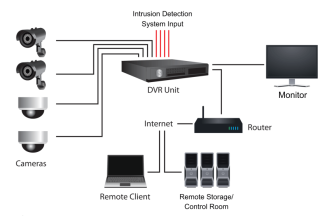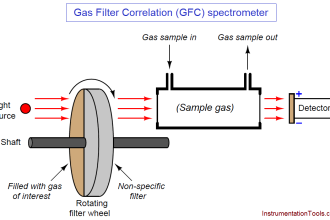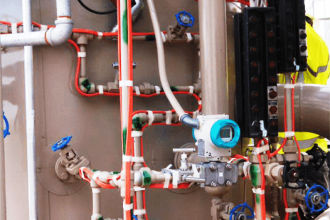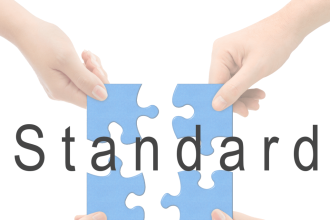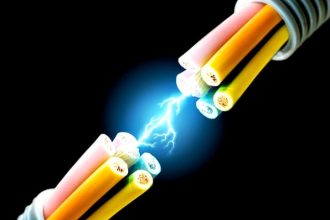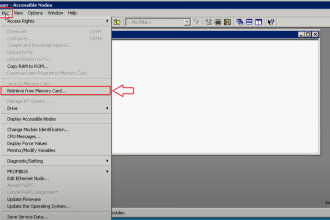APPLICATION IN SCADA
The technology used in HART is very useful for SCADA applications. Since HART supports digital process values, it can be applied in SCADA. Various status parameters of PVs obtained from HART measurements can be used to schedule field trips for preventive maintenance. This would result in less downtime and less employment of manpower.
SCADA applications require updating field data in minutes. Since data updating using HART requires only a fraction of a second, it can very safely be applied in SCADA applications. Other application areas where HART can be applied in SCADA are inventory management, automated meter reading, pipeline monitoring situated in far off places, and remote monitoring of remotely located petroleum production units.
BENEFITS
The HART protocol is a unique communication facility that is backward compatible, ensuring that existing investments in plant cabling and power needs remain secure in the future. It is the only communication facility that supports both analog and digital communication (hybrid) at the same time. By preserving the traditional 4–20 mA signal, it extends the system capability for two-way digital communication with multivariable smart field instruments. Any process application can be addressed by the services offered by the HART protocol. It enjoys a phenomenal support base and offers the best solution for intelligent field devices.
The simplicity of the HART protocol and the very low cost of HART compliant field devices is the basis for its widespread acceptability in process instrumentation systems. Some of the other advantages that accrue by employing HART protocols in process industries are as follows: fully open de facto standard, multiple smart devices along the same highway, multiple masters can control the same smart device, long-distance communication via telephone lines can be implemented by using a HART–CCITT converter, up to 256 PVs belonging to the same device can be taken care of, addition of new features without much difficulty, access to device parameters and diagnostics, common command and data structure, a large and still growing selection of available products.
Summary-
- HART technology enables two-way digital communication to occur between intelligent devices and connected host or control systems.
- That HART is an enabling technology meaning that it can be applied in many different application including control, monitoring, safety, asset management, etc.
- HART provides two simultaneous communication channels: the 4-20mA analog signal and a digital signal.
- The digital signal contains information from the device including device status, diagnostics, additional measured or calculated values, etc.
- The 4-20mA signal communicates the primary measured value (in the case of a field instrument) using the 4-20mA current loop.
- The digital communication part of the communication is a request-response communication protocol, which means that during normal operation, each device communication is initiated by a request from a host device.
- The digital signal is made up of two frequencies – 1,200 Hz and 2,200 Hz representing bits 1 and 0. Sine waves of these two frequencies are superimposed on the direct current (dc) analog signal wire to provide simultaneous analog and digital communications.
- A minimum loop impedance of 230 ohms is required for communication.
- HART devices can operate in one of two network configurations-point-to-point or multidrop.
- The HART Command Set includes three classes: universal, common practice, and device specific.
- There are 35-40 data items that are standard in every HART registered device. Host applications may implement any of the necessary commands for a particular application.
- The HART device suppliers provide a DD file for each HART device and the DD file combines all of the information needed by the host application into a single structured file.
- The DD file includes all of the information needed by a host application to fully communicate with the field device and access all of the information available from the device.
- The new HART enhanced Device Description Language extends the capabilities of DDL to provide for advanced visualization of intelligent device information.
- HART Protocol is backward compatible with the installed base of instrumentation and control systems in use today. A new HART-enabled device can replace an existing 4-20mA analog-only device of similar measurement capability without change to the host system or wire.
- Most HART devices provide multiple process variables, which can be used for monitoring or control to gain a better insight into the process.
- Device diagnostics and status information are returned with every communication message.
- The installation practice for a HART communicating device is similar for a conventional 4-20mA instrument.
- HART communicating devices can be used in applications that require IS operation.

